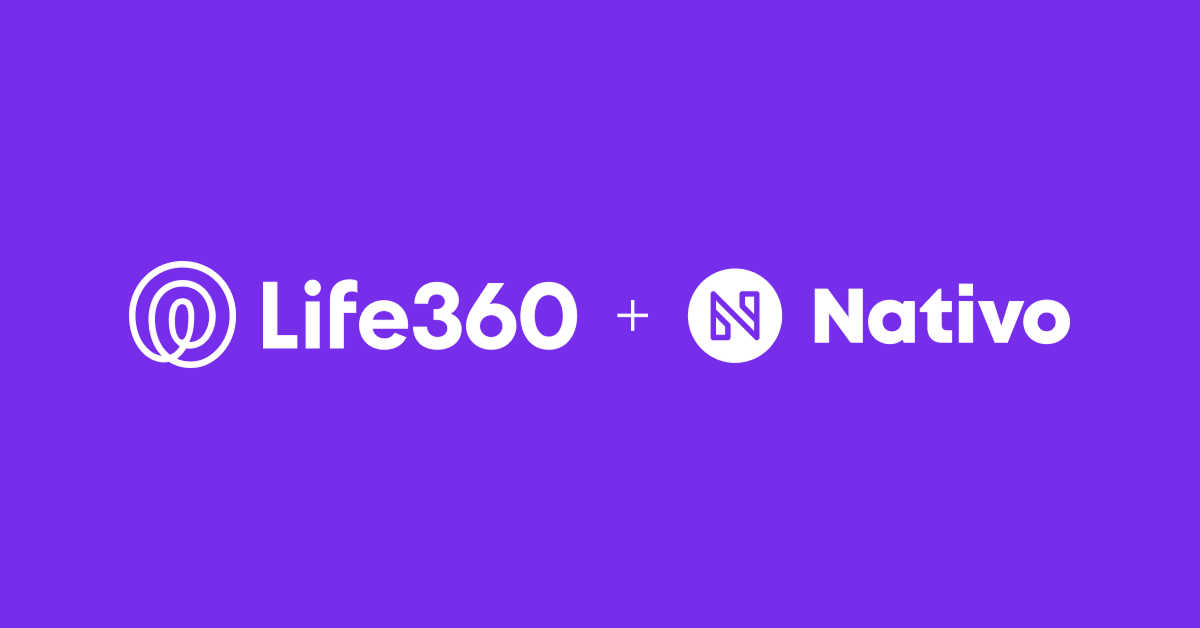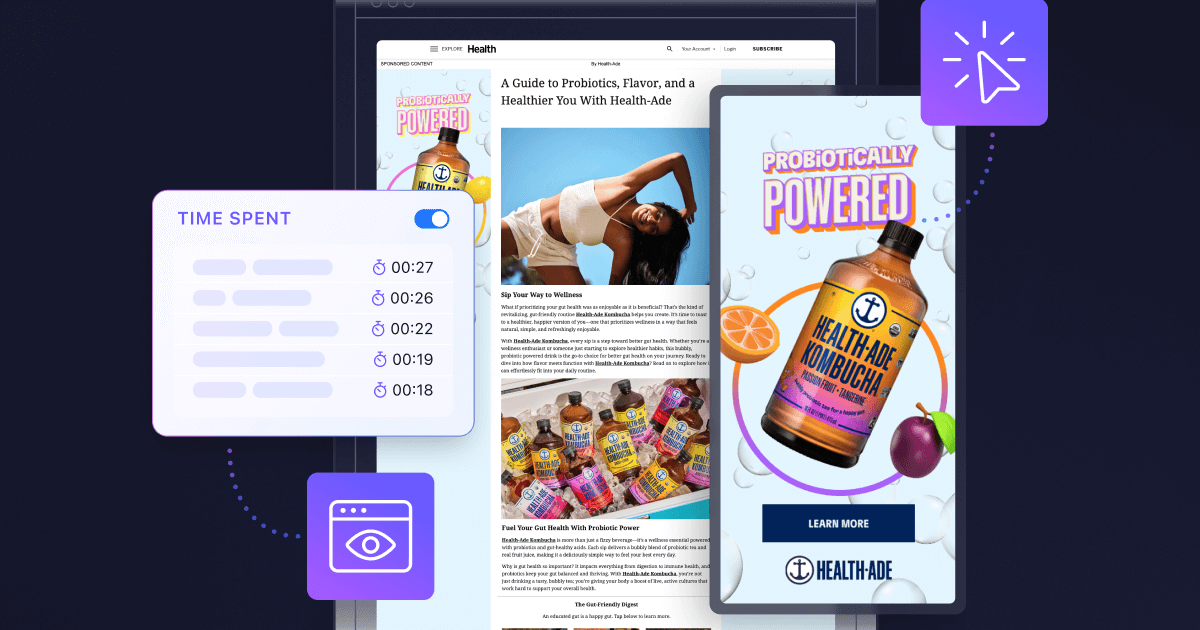The Next Era of Creative Marketing

Key takeaways
- Brands are focusing on incrementality to measure what drives impact in a fragmented funnel.
- Creativity is expanding beyond ads to include user-generated content, creators, and AI-led storytelling.
- Marketers want faster, clearer reporting and specialized partners over one-size-fits-all agency solutions.
With an increasing number of marketing and advertising channels, measuring marketing success can be difficult. Brands today are not only experimenting with different types of content and ad formats but also evolving creative efforts through personalization, AI, and creator partnerships. Pinpointing which efforts drive purchasing, while also building loyalty, takes time and is an imprecise science.
During an ADWEEK House Cannes Lions Group Chat co-hosted with Nativo, industry leaders discussed how brands are experimenting with emotionally resonant ads while also striving to boost conversions and track performance.
The murky middle
Justin Choi, founder and CEO of Nativo, began by sharing the problem their platform is trying to solve: the marketing funnel’s murky middle. Choi defined the murky middle as when “the customer goes through, learns about things, consumes content, and you lose them—and then they show up again later.”
Brands can rely on learnings from the murky middle to better automate and scale programmatic advertising, providing a full customer view and credit for which ads are more impactful, engaging, and attention-getting.
Part of this process involves focusing on incrementality, or the additional lift a specific marketing effort brings. With consumers shopping across countless digital touchpoints, “you’ve got to track people on six different locations where they could buy your product or service,” shared Tim Vanderhook, cofounder and CEO of Viant. The ability to reach consumers in multiple places throughout the day is easy. “The challenge is lining all these metrics up, so it makes logical sense,” he added.
Incrementality is important to hotel and airline brands, said Mandy Gill, VP of marketing for Marriott, since an unused room—or unused airplane seat—is a lost revenue opportunity. “The supply and demand chain challenges are so real that we’re testing everything with incrementality,” she explained. It’s vital to pick the right partners and platforms to measure that impact.
Reaching consumers in an omnichannel era
While reaching consumers with branded messages has become simpler, getting them to respond to ads is still challenging.
“Ultimately, what we’re all driving at is emotional resonance with our ads,” said Jessica Giles, managing director, media experience practice at Code and Theory. “People want to feel seen, not targeted. They want to feel invited to participate, not just see something and then it chases you around the internet.”
Eric Flinn, executive creative director for Danone, agreed. “We’re going in the direction of an always-on storytelling approach, with a lot more earned media,” he shared. Flinn also noted it can be challenging, though, when sales don’t reflect Danone’s high levels of social media impressions and engagements. As a result, Danone has begun incorporating more short-term lift studies to help connect creative efforts with business outcomes.
Creativity reimagined
Brands are working with agencies to expand the definition of creative and who delivers it, said Andrea Gellert, VP of business marketing at Meta. This is important, as Meta research found that almost three-quarters of Gen Z are open to receiving information from people they don’t actively follow. Brands historically rely on spokespeople in marketing, “and yet that was a baby thrown out with the bathwater a long time ago,” Gellert said.
Rankin Carroll, global chief brand officer of Mars Wrigley, noted that half of what consumers see in his category is not ad-funded—a realization that prompted his team to rethink how they approach measurement and creative strategy. “That’s a game changer, because creativity is happening everywhere,” he said, pointing to the growing influence of user-generated content. “User-generated content is worth something.”
AI is also gaining prevalence in the advertising industry. But it’s important to know who is in the driver’s seat, said Sam Amiri, chief revenue officer of Nativo. Without human oversight, “there’s a breakdown in making the ad experience relevant and human,” he said. It’s important to “make sure that that human element continues to exist, builds brand equity, and helps create longevity with the consumer relationship.”
The future of tracking and agency relationships
Tracking simplification is important, noted Julia Fedor, United Airlines’ head of operations, brand marketing. Instead of the agency delivering a “big, beautiful report” months after a campaign ends, she wants an executive-level summary with three slides she can take to her leadership.
Agency and brand relationships are changing in other ways, too, Amiri said. “No one wants a one-stop shop, because they want partners with subject matter experts,” he said. That includes bifurcating measurement and planning tools, with groups coming together and representing the same value proposition.“Media companies partnering with measurement companies with distribution—building communities that are all focused on similar challenges and achieving communal goals is the answer.”

.jpg)


